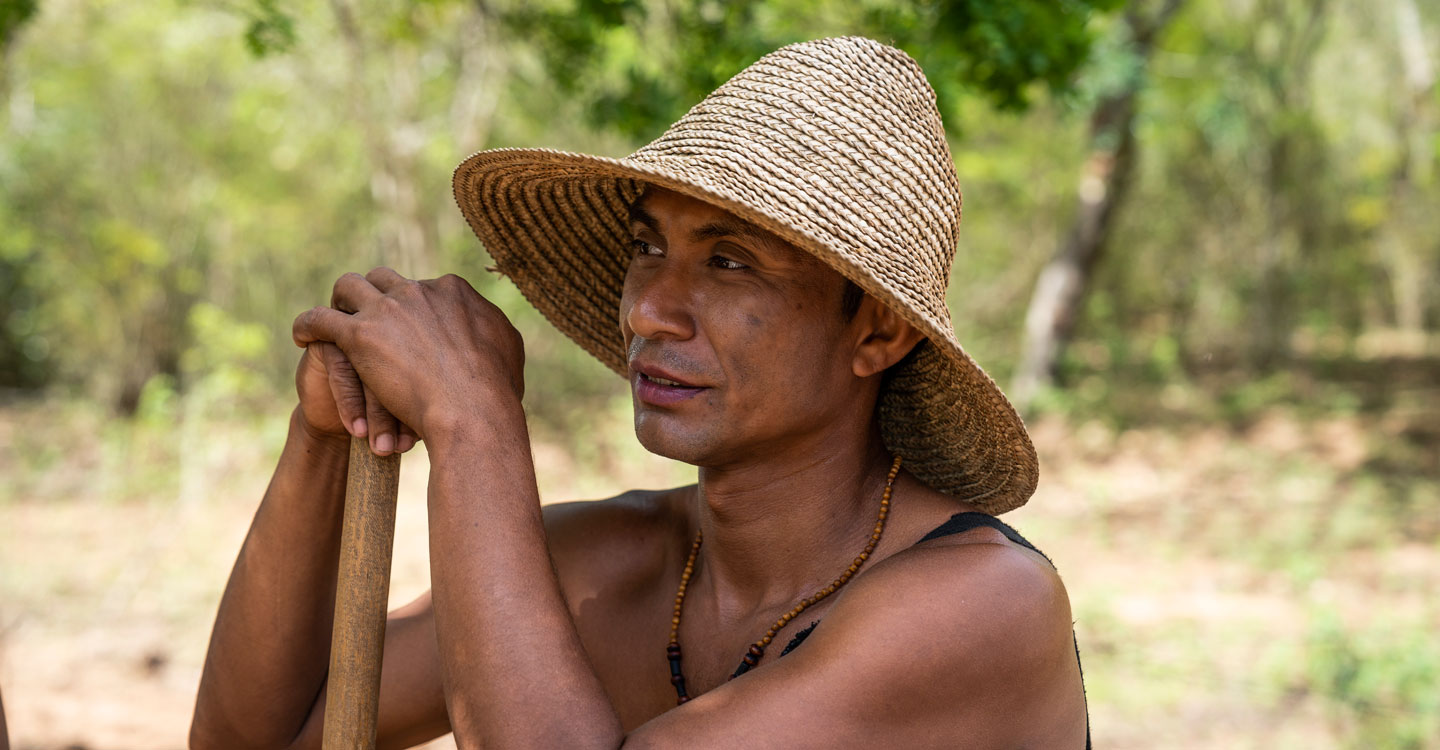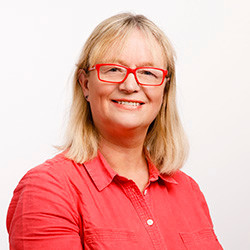Rural realities go global with immersive storytelling
IFAD Asset Request Portlet
Asset Publisher
Rural realities go global with immersive storytelling
Estimated reading time: 3 minutes
Storytelling builds empathy and has the power to connect people, no matter where they are in the world. Few storytelling mediums are more powerful than film. But with so much choice—more than 500 hours of video are uploaded to YouTube every minute—how can IFAD ensure that rural people’s voices are heard?
Thanks to virtual reality and 360° video technology, IFAD immerses viewers directly in the day-to-day lives of our project participants, many of whom live in the most remote corners of the world—from the small town of Marcação in north-east Brazil to windswept Maroalomainty in southern Madagascar.
Thousands of miles apart but much in common
Although these two communities live 6,500 miles apart, they have a lot in common. They are both witnessing first-hand the devastating effects of climate change on their crops and lands. They are both striving to find new ways to make sustainable livelihoods, while preserving their ways of life. And both communities have been transformed for the better by IFAD-funded projects.
Our video crew visited both Marcação and Maroalomainty to document how rural peoples' lives have changed. They worked with local people’s daily rhythms, revealing how the Kiriri in Brazil are reclaiming land and growing cassava, all the while practicing their indigenous customs.
Meanwhile, in Madagascar, the crew captured farmers and fisherfolk who are dealing with the impact of climate change, as howling winds and soaring temperatures make it almost impossible to fish and grow crops.
Filming these two fascinating communities was not without its challenges. IFAD staff and the film crew spent time with the locals, showing them how the equipment worked and building trust so that they could capture a candid look into their lives. Over the shoot, the crew were welcomed into the communities, witnessing both colourful celebrations and moving funerals.
A special screening

IFAD intern João Marcos, himself of indigenous descent, described their reaction. “They feel privileged to be seen all over the world.”
Brazil has more than 300 indigenous communities, yet many Brazilians know little about the great diversity of Indigenous Peoples in their country. “The Kiriri think that is very important that in Brazil their story is being shown,” explains Marcos.
Telling their own stories
IFAD takes a community-driven and participatory approach to development—a process we also use when shooting 360° films. “Often people have ideas of what they want to film and then don’t return to show the result,” says Marcos.
“But this time the Kiriri were asked what they wanted to communicate about their culture. For them, the film demonstrates that Indigenous Peoples are embracing the modern world while maintaining and respecting their culture.”
Powerful stories can drive change
These videos not only shine a light on IFAD’s work, but they also give a virtual first-hand view of rural peoples’ lives and challenges, through their own eyes.
With these immersive videos, already viewed by thousands of people and shown at events across the world, my hope is that they will convince more people about the importance of protecting indigenous communities and persuade our Member States to commit to funding rural people on the front line of climate change.
Explore the microsites showcasing the Kiriri people in Brazil and how farmers are fighting climate change in Madagascar.
Publication date: 15 August 2023